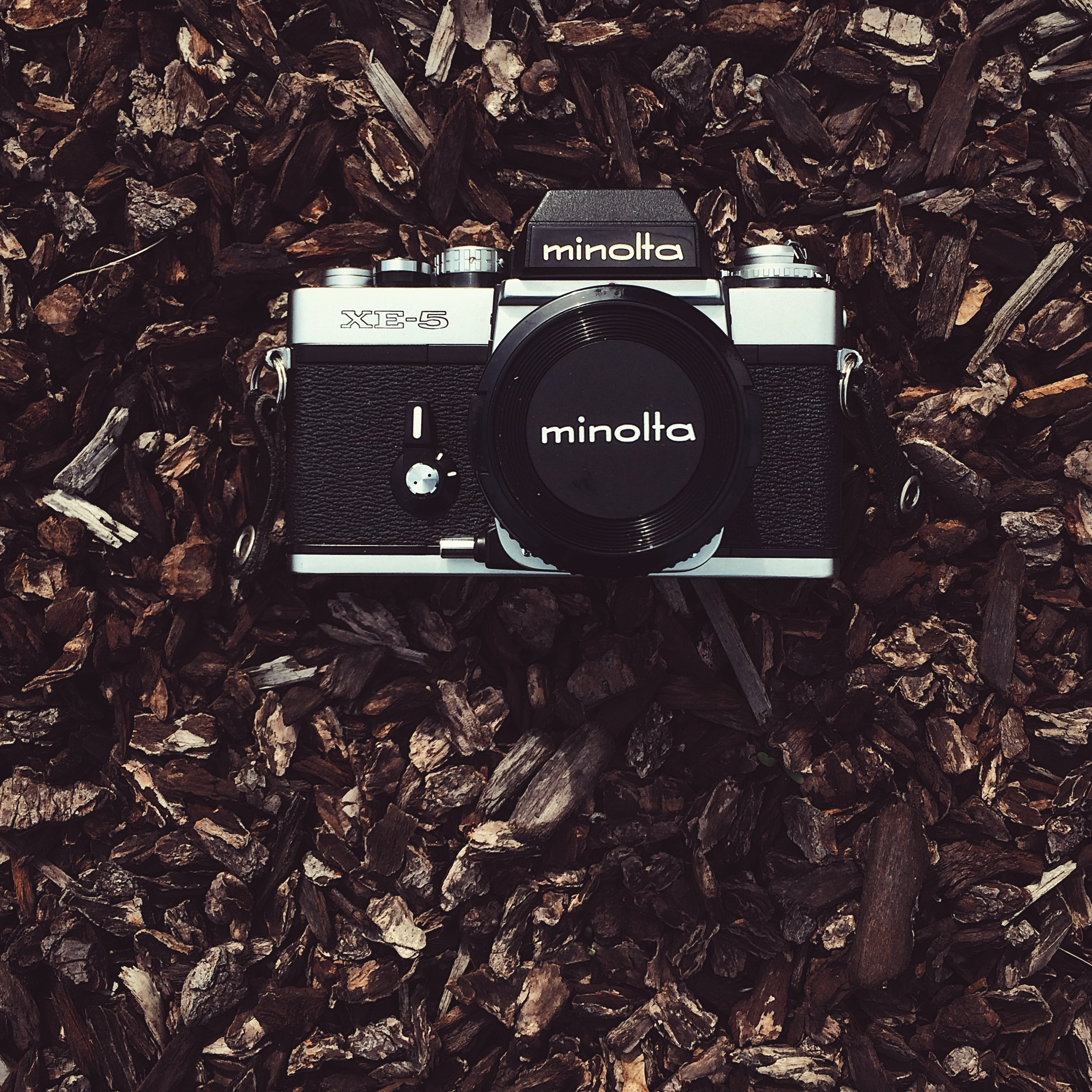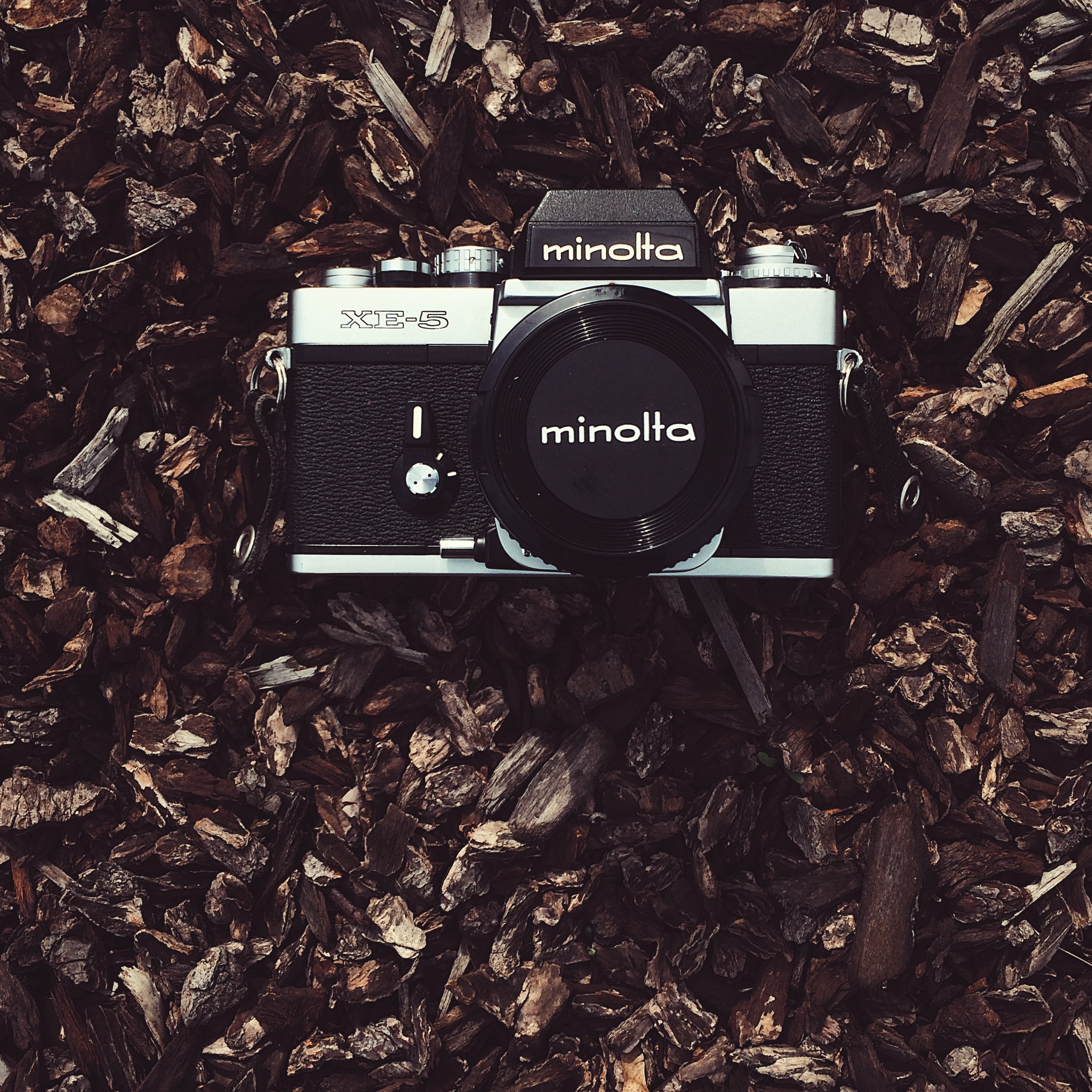Close
Shop
Back
Cameras
Back
35mm Cameras
Medium Format Cameras
Large Format Cameras
Subminiature Camera Systems
Motion Picture Cameras
Lenses
Accessories
Film & Supplies
Darkroom Equipment & Supplies
Typewriters & Other Machines
Projectors & Viewers
Back
Chemistry
Paper
Darkroom Equipment
Sundries
Discount Items
Photo Lab
Sell Your Gear
Culture
Get Social
Info & Help Pages
Contact Us
Log In/Sign Up
Blue Moon Camera and Machine llc
- sales@bluemooncamera.com
- (503) 978-0333
- (503) 978-0370
-
8417 North Lombard Street
Portland, OR 97203
All rights reserved ©2025, Blue Moon Camera and Machine llc



